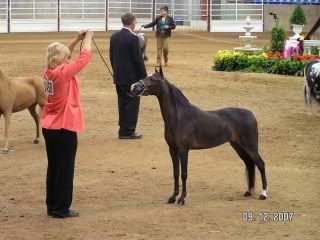Leeana
Well-Known Member
With Carins proposal, it has had me thinking and looking more at type especially in the foundation and classic divisions. Everything is a learning process and im sure we all have our own opinions on what is classic and what is foundation, i know i have seen horses in foundation classes and thought what in the world is that person thinking.
So, i thought maybe if we all gave a few examples of what we feel is foundation type and what we feel is classic type based on our take of each type standard and possibly why they feel that horse is foundation type vr classic type, maybe a few of us could learn a little something or why they would show that horse in the foundation class rather then the classic division or vice versa.
I'll start ...
This is Royal Salsa. I showed him in 06' as classic, then this past season as a foundation and he placed much better in the foundation classes. He has a bit more bone and subtance to him, although he still has a hooky clean neck. He has a more 'powerful' and built like a tank feel to him. He is 39.5'' and i do think he is a decent example of a foundation pony, correct me if i am wrong.
Royal Salsa FOUNDATION
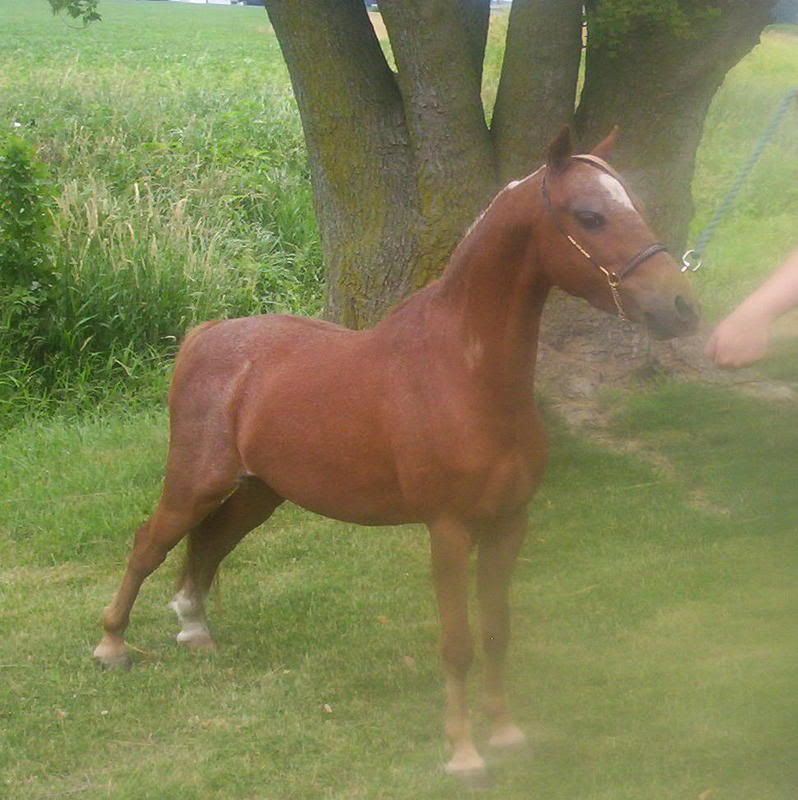
I really feel this filly is very much Classic type. She is going to mature around 45' so obviously she is going to be a tall over division classic, but she is deffently the refined classic type. Now, of course she obviously couldnt show in the foundation division bc for 1) she is not elg. and 2) she is going to go over 42''. Extremely refined and stretchy. I think she is good example of the Classic type. Even if she was to mature at 39'' i would still show her as a under classic and not a foundation (if she was elg.).
Alpha Farms Magical Melody CLASSIC
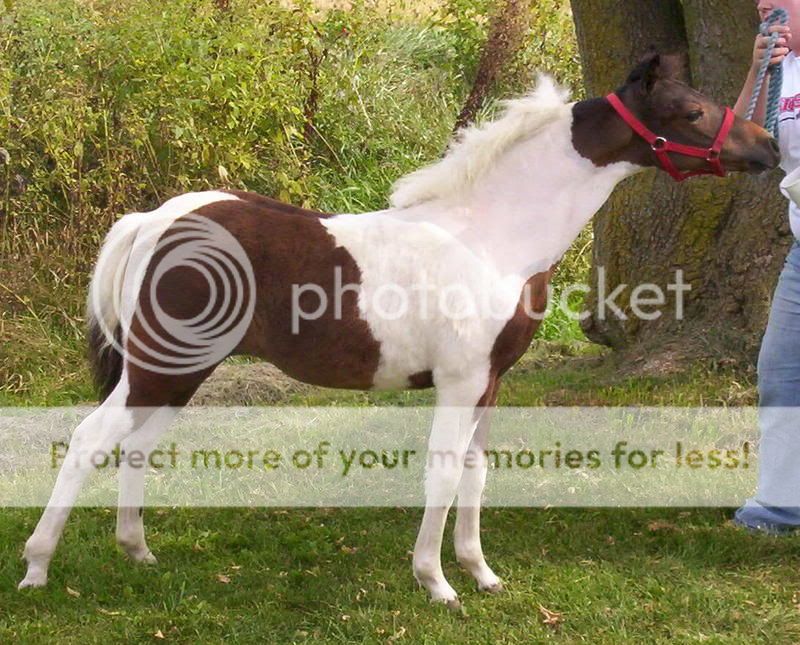
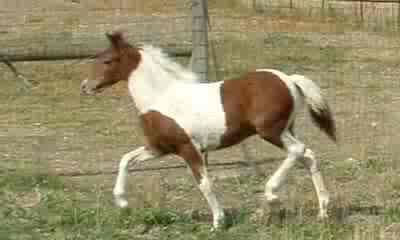
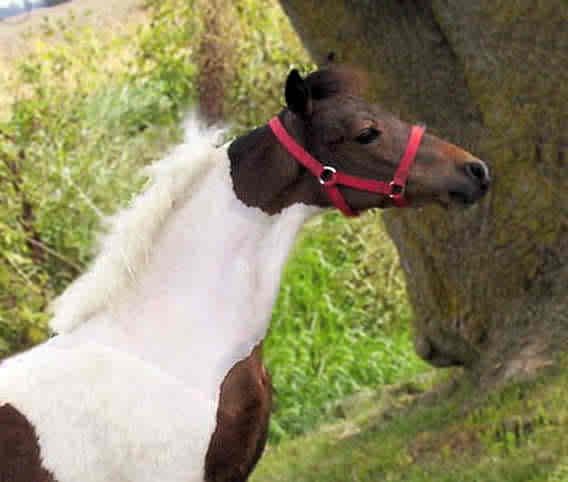
Also, a quick question regarding this topic that i should throw in. Do you feel a Foundation should be judged any different on movement then a classic? For the judges out there (adam
 ), do you look for anything different for movement between the two?
), do you look for anything different for movement between the two?
Lets keep this fun and educational

So, i thought maybe if we all gave a few examples of what we feel is foundation type and what we feel is classic type based on our take of each type standard and possibly why they feel that horse is foundation type vr classic type, maybe a few of us could learn a little something or why they would show that horse in the foundation class rather then the classic division or vice versa.
I'll start ...
This is Royal Salsa. I showed him in 06' as classic, then this past season as a foundation and he placed much better in the foundation classes. He has a bit more bone and subtance to him, although he still has a hooky clean neck. He has a more 'powerful' and built like a tank feel to him. He is 39.5'' and i do think he is a decent example of a foundation pony, correct me if i am wrong.
Royal Salsa FOUNDATION

I really feel this filly is very much Classic type. She is going to mature around 45' so obviously she is going to be a tall over division classic, but she is deffently the refined classic type. Now, of course she obviously couldnt show in the foundation division bc for 1) she is not elg. and 2) she is going to go over 42''. Extremely refined and stretchy. I think she is good example of the Classic type. Even if she was to mature at 39'' i would still show her as a under classic and not a foundation (if she was elg.).
Alpha Farms Magical Melody CLASSIC



Also, a quick question regarding this topic that i should throw in. Do you feel a Foundation should be judged any different on movement then a classic? For the judges out there (adam
Lets keep this fun and educational























































